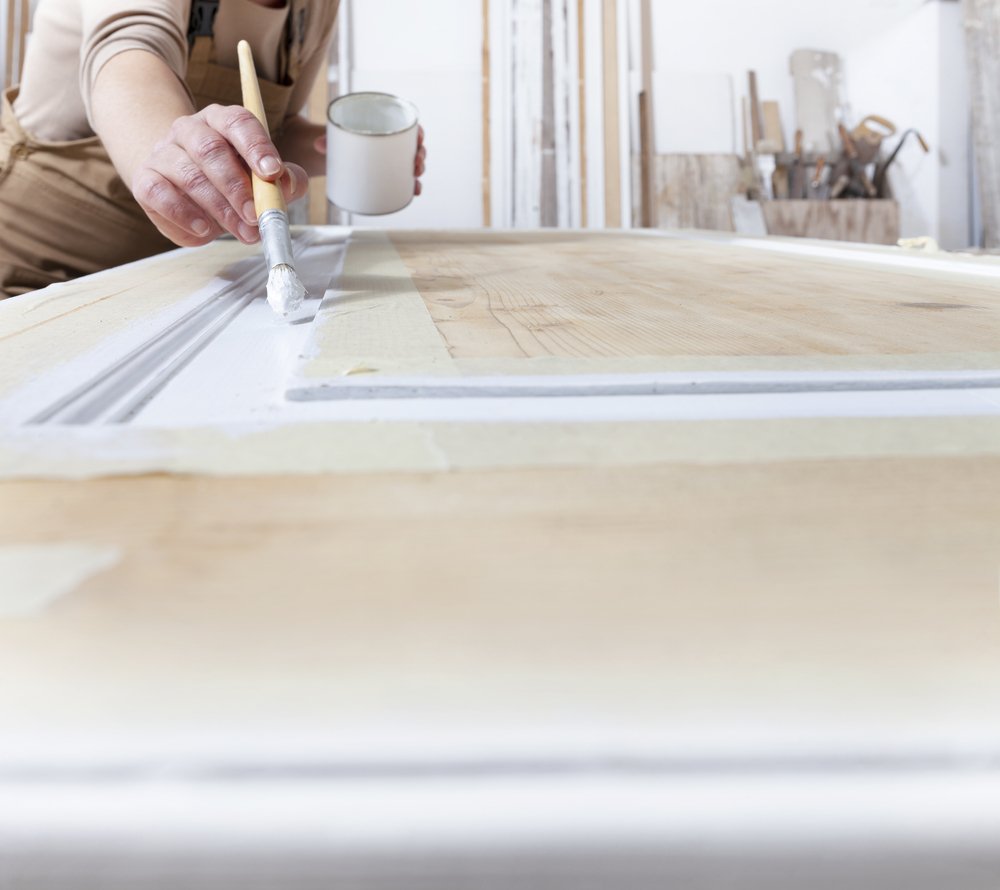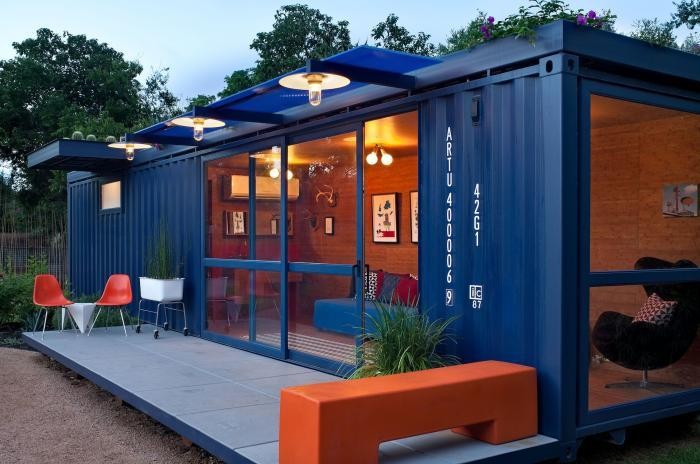If you’ve been online recently, you’ll notice that a growing number of people are restoring and reclaiming items, including clothes and furniture. There are several reasons why this is becoming a trend.
Firstly, the world produces far too much waste that could be re-used and kept out of landfill. Secondly, things like furniture are expensive, and as the cost of living rises, many people cannot afford brand new items. Finally, items like clothes and furniture are not made the standard they used to be, with newer items breaking and wearing out faster, whilst older items were built to last.
Reclaiming clothes is one thing, but furniture is a whole other ball game, and one that is more complex. That being said, it’s actually easier than you think to restore and upcycle furniture – you just need to know where to start.
If you’ve got an old piece of wooden furniture or spotted something on the street or in a charity shop, here’s how you can restore it and give it a fresh lease of life.
Check for Beetles
A lot of furniture is made from wood, and the good news is, wood isn’t too difficult to restore. The first step is to make sure your wood furniture doesn’t have any wood boring beetles in it. You should be able to spot the signs easily as there will likely be holes in certain areas. If there’s no damage, great! If there is, you need to assess whether it’s structural and if the piece can be saved.
Strip the Wood
Should the piece be salvageable, after you’ve treated the infestation, you can then proceed to strip the top layer of varnish and polish using a wood stripper. The top layer is likely where the defects are, and stripping it will remove the discrepancies and give you a blank canvas.
For smaller areas like table legs, apply wax remover to a steel cotton pad and apply it in a small circular motion.
Neutralize the Wood
Once the top layer has been stripped, you need to neutralize it. Read the label on the stripper to determine which neutralizer you need, and apply it in the direction of the wood grain using a steel wool sponge. If you don’t neutralize it, the stripper could re-activate and cause damage.
Smooth the Surface
Next, use a cotton wipe to clear any residue. This includes on the table/seat top and on the smaller details like the legs. Stripping wood can cause some areas to become raised and not smooth. To combat this, wrap some glasspaper around a sanding block and work with the grain to smooth it out.
Restore the Color
If the wood has been bleached by the sun, apply a dye over the whole piece of furniture to even out the color. You can then add a layer of finishing oil with a cloth or a gentle brush. You’ll need to wipe away the excess before it goes sticky. It will take a few hours for the first coat to cure. You can apply multiple other layers if need be.
Apply Wax
The final step to resorting wood is to add a layer or furniture wax. To further upcycle the piece, you might choose to replace any hardware on it, or you might choose to sand it down and paint it a different color instead of restoring it to its original form. You could completely overhaul the look by using wallpaper and adhesive to create a decorative front.
Summary
Wood, especially on older items, is extremely versatile and hardwearing, making it extremely worthwhile to restore. You’ll be saving both money and the planet by doing so! What is something you’ve restored recently?



















